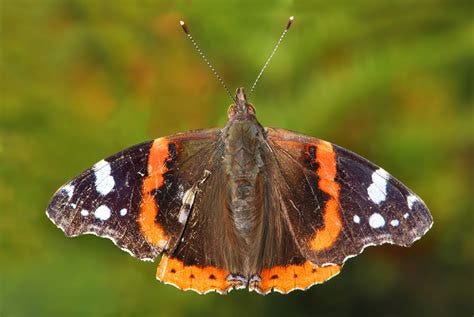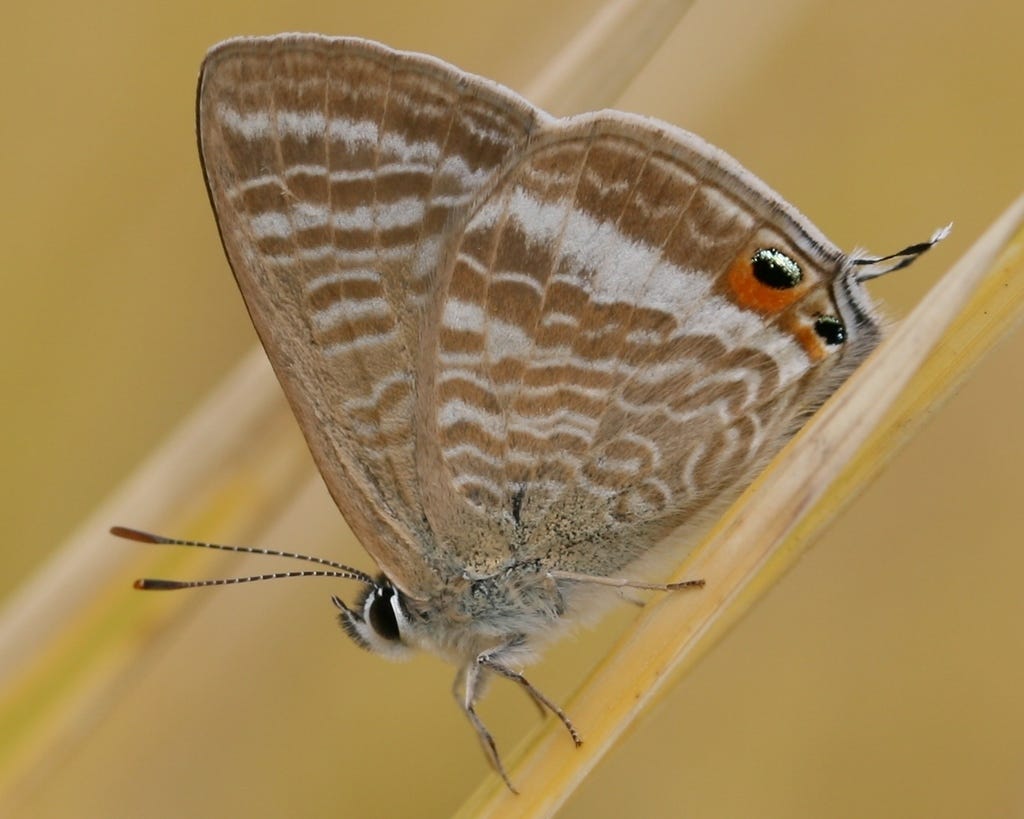Creating a butterfly garden
Attract butterflies to your garden with some simple tweaks- or go all out and dedicate an area
This is a post made for our paid subscribers, but requested by
, so I’ve made it public in her honour. If you liked it, and would like more similar posts, consider subscribing! I somehow manage to do a paid blog weekly, and dedicate a huge amount of brainspace to working out how to best support people into more mindful, quality gardening. This is a labour of love and I’d like to eventually dedicate real time to it, instead of cramming it in between garden renovations. <3I am starting with a vent- every year, people get upset that their kowhai tree is covered in caterpillars, eating the leaves. Ignoring the fact that a healthy tree will quickly regrow its leaves, I find it so hard to understand why people would remove them. It is just so sad. FYI- the kowhai moth evolved with the kowhai tree. They are vital to each other’s life. Caterpillars are beautiful, weird things and so cool for kids to watch grow! Why are we so keen on Swan plants for Monarchs every year while we ignore our natives?

I do like that we are all a bit keen on butterflies, though. They are so cool, and so weird, and so joyful. Some butterflies are born unable to even consume and digest- they just live for a very short time, to meet, lay eggs and die. Some are a touch hardier and migrate for up to 3,000 miles. Either way, they are an absolute pleasure in the garden.
Laying down the groundwork
I am a bit of a broken record here, but the more chemicals (pesticides, herbicides, Round Up, woody weedkiller, all of them- even neem unfortunately) that you put in your garden, the less bugs you will get. This is not a situation where you just don’t spray the plants which the butterflies feed on- the butterflies are a part of a complex, varied ecosystem and introducing chemicals to that ecosystem burns it all. Butterflies also taste with their feet, which are extremely sensitive. If the garden they stand on doesn’t taste like food, they will leave (and possibly die, depending on what you have sprayed).
Second thing! Your garden needs to be found by butterflies, who want to stay, and so have as many of their needs met as possible. Butterflies need a consistent source of food over the season, and they will come back next year if you are consistent. You need to plant your garden in such a way to provide a diversity of foods constantly over the season. Butterflies need water, from a bird bath or even little saucers. Anything that will fill with water (and overflow frequently, to wash itself out a bit).

Nectar and nutrients
Each species of butterfly lays its eggs on a specific type of plant. In order to responsibly and effectively attract butterflies to your garden, you need those plants. (You can then generally fill in the rest of your garden with plants you do like, and the butterflies will fall in line).
However, butterflies also drink and love nectar, which is the sugary liquid in flowers. Providing nectar-rich plants in really small quantities is great, providing only nectar rich plants, and not the ones butterflies need to lay eggs on, is not. For this reason (and also, because it get invasive, fast), we don’t recommend planting Buddleia (aka ‘butterfly bush’) as butterflies will get ‘nectar drunk’ on the low nutrient nectar, be weak and less likely to lay eggs. Yeesh!
Butterflies do ingest quite a bit of nutrients, and from the weirdest places- mud! Poop! Dead bodies! I am not kidding! They do need a nutritious diet, but luckily, planting species- relevant plants covers your bases, so here are your recommended plants.
What to plant- caterpillar edition
These plants are vital for butterflies to complete their life cycle, so commit to leaving them in place for at least a year, even if they die off in Winter. Be aware that caterpillars will eat these plants, so you need to plant them in clusters of 4-5 plants, so you don’t run out of caterpillar food. New Zealand has 20 species of native butterfly, unfortunately my knowledge runs short here but I know the theory behind so let’s try to attract them all.
Swan Plant (Monarch Butterflies)- You inevitably end up with more caterpillars than food- so having multiple spots of multiple plants in your garden, and hiding half of them is a good idea. Consider putting half in slightly larger pots so you can plant them mid season where the others have been eaten to sticks.
Sweet peas, garden peas, broad beans, lupins (Longtail blue caterpillars)- I recommend doing the peas, but also broad beans from seed at the same time, because the peas don’t last the Summer.

A longtail blue, one of my favourites. So fluffy! (credit) Any muehlenbeckia, but especially Pohuehue (Copper caterpillars)
Nettles (admirals/red admirals) These are stinging nettles, but admirals absolutely love them. They’re not a lot to look at either- can you tuck them at the very back of your garden beds?
What to plant, butterfly nectar edition
Now you have chosen from the somewhat limited list above, pick and choose some plants you will enjoy looking at. I’ve whittled this down substantially to make sure what I recommend is higher in nutrients, but in reality- with the caterpillar plants, you have quite a bit of flexibility. Pick flowers which will flower throughout the season- Avant Garden have an incredible chart which tells you when flowers are in season, but they are a florist and not gardeners- so be much more pessimistic and consider ‘in season’ to mean initially when to plant them, then give the flowers 2-3 months before they will bloom.
Yates also do a butterfly mix, which is very good- when you can find it. You will need to spread it every 3 or so weeks at the start of Spring so that they flower successionally (at different times).
Alright! Some plants (Palmers also have a poster, which may help your decisions)-
Chrysanthemums are great, they flower reliably, fairly constantly- and they are often for sale at the supermarket when you want something to jam in your cart.
Calendula/marigold (both!) are great, and easy, they will just keep on seeding as well if you don’t cut their heads off, and they have a really long growing season (including throughout winter, sometimes).
Echinacea, if you are feeling spendy- because it is unusual for it to seed well in Wellington, and you have to buy it as a plant (Spring or Autumn are when they’re in stores). It also disappears over Winter, which is fun, because you always think they’ve died/disappeared, then BAM they’re back. A shoutout to their less popular, but larger and (in my opinion) nicer cousins, Rudbeckia, which are also a great choice.
Dianthus grow year round and flower pretty well, but I have never seen them attract a butterfly- butterflies will stumble upon them and enjoy them, though.
Hebe are great- they are shrubs which are perennials so that’s a permanent option.
Clover! Now that you are not spraying your lawn…
Zinnia and Cosmos both seem to be giant beacons for butterflies, so there’s a strong recommend.
Lacebark is a tree that is very popular with butterflies- it flowers around Christmas and smells amazing.
You can buy these as seeds, or use them like we do at work, and run down to the garden centre and buy whatever is available as a flower 6 pack. Buy heaps- plant them about 20cm apart, and clump them throughout your garden. If you have big pots, that’s no issue! See what you can fit in them :)
That’s all from me! Let me know how you got on!



